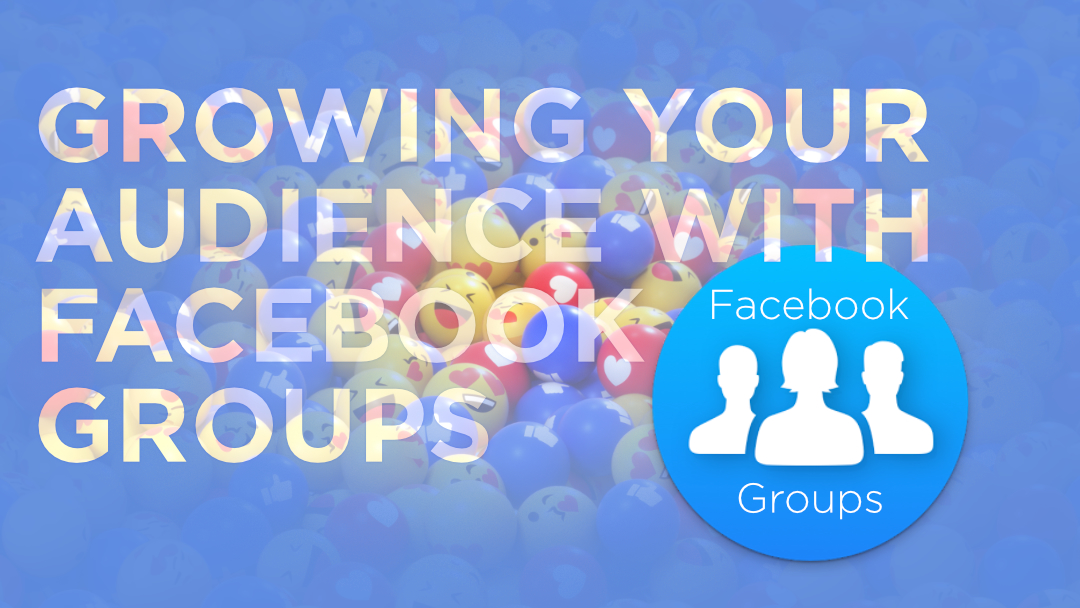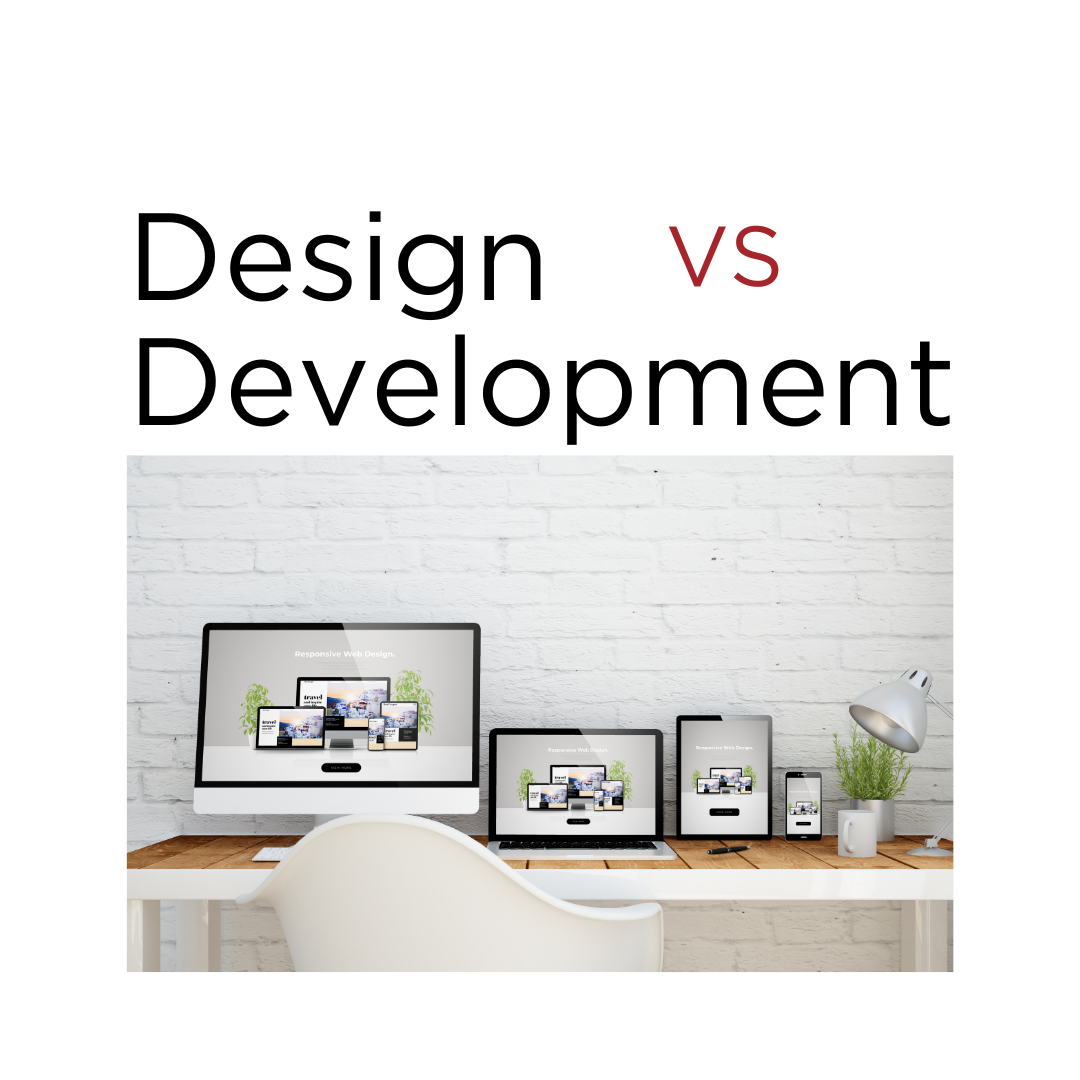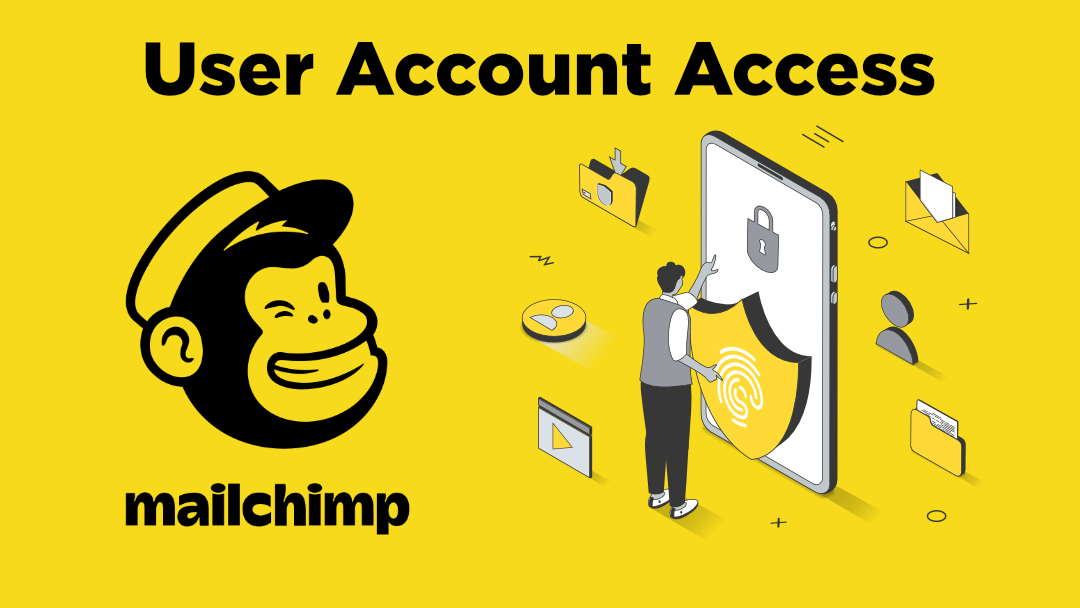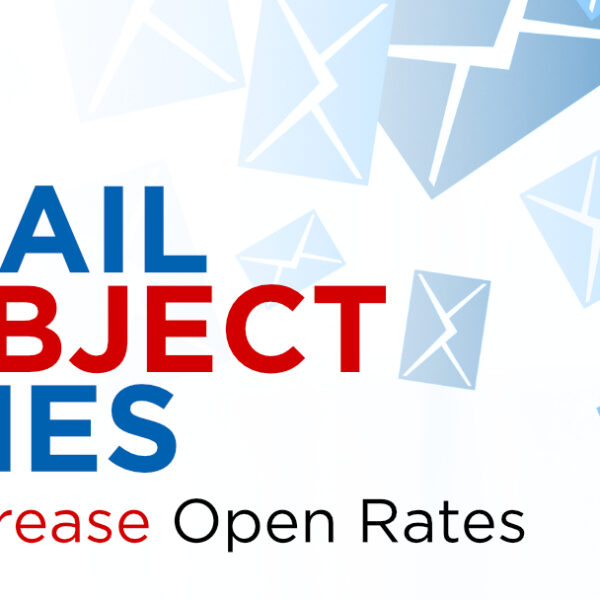Product Reviews
The stock photography industry started in the 1920s, by H. Armstrong Roberts . At that time, it was primarily a way for professional photographers to market the duds from commercial photography shoots. But since then, it has taken off and many people (including me) frequently use these high quality photos for professional use on print collateral, blogs and websites. Images most requested are common landmarks; conceptual and major events that can be used and reused for commercial design purposes.
There are several sites that provide these photographs in a multitude of categories. Each site has a repository for these various categories that allows for creative design assignments. The compilation of this repository reflects just how important imagery is to every medium. Here are just a few of the top, highly-used sites that will surely fulfill all your stock photography needs.
Thanks to Top Ten Reviews from TechMedia Network, showcases the 2013 Stock Photography Service Comparisons and what they offer its consumers.
Although this listing is quite helpful, these are my top picks due to availability, quality and pricing.
 A leader in digital multimedia resource that includes:
A leader in digital multimedia resource that includes:
- royalty-free stock photography;
- editorial images;
- video; and
- music.
Image pricing depends on what type of licensing you want and prices for royalty-free images, footage clips, etc. are based on file size. They have a broad range of editorial images as well.

 Shutterstock is one of the leading global image marketplace headquartered in New York City. They have an extensive library of royalty-free stock photos, vectors, and illustrations available by subscription and a la carte. You can browse the library for free. This great news as Shutterstock adds over 100+ images to its library each day.
Shutterstock is one of the leading global image marketplace headquartered in New York City. They have an extensive library of royalty-free stock photos, vectors, and illustrations available by subscription and a la carte. You can browse the library for free. This great news as Shutterstock adds over 100+ images to its library each day.
 Known for the Internet’s “original member-generated image and design community,” reputation iStockphoto offers millions of royalty-free photographs, vector illustrations, video footage, audio tracks and Flash files from over 70,000 worldwide artists. Talk about impressive. And the smaller photos you need for blogs or as thumbnails on a document, can be as low as $1.oo!
Known for the Internet’s “original member-generated image and design community,” reputation iStockphoto offers millions of royalty-free photographs, vector illustrations, video footage, audio tracks and Flash files from over 70,000 worldwide artists. Talk about impressive. And the smaller photos you need for blogs or as thumbnails on a document, can be as low as $1.oo!
 Yes, we all know that 123rf boasts about their 19,484,862 Royalty Stock photos! But what most people don’t know is that there’s a fairly large, evolving database that houses several images FOR FREE! They have a wide variety of commercial and editorial images, video footage, audio clips, logo designs and illustrations that are easy on the eyes and your wallet.
Yes, we all know that 123rf boasts about their 19,484,862 Royalty Stock photos! But what most people don’t know is that there’s a fairly large, evolving database that houses several images FOR FREE! They have a wide variety of commercial and editorial images, video footage, audio clips, logo designs and illustrations that are easy on the eyes and your wallet.
All Posts, Content & Copywriting, Marketing, News & Politics
 Marketing strategies run the gamut when it comes to creativity – whether it’s pushing the envelope or pushing your buttons. Psychology Marketing (also known as Consumer Behavior Marketing) is one facet used by the industry meant to do exactly that; push emotional buttons to steer a response causing the consumer to consume a businesses goods, services and even agenda. It is well understood that “emotional marketing” plays a pivotal role in reporting/publicizing world events; selling medical pharmaceuticals-even selling cars! As a result, psychology marketing has become one of the most effective tools to gain attention and cause the consumer(s) to react verbally or financially to a cause, service or product.
Marketing strategies run the gamut when it comes to creativity – whether it’s pushing the envelope or pushing your buttons. Psychology Marketing (also known as Consumer Behavior Marketing) is one facet used by the industry meant to do exactly that; push emotional buttons to steer a response causing the consumer to consume a businesses goods, services and even agenda. It is well understood that “emotional marketing” plays a pivotal role in reporting/publicizing world events; selling medical pharmaceuticals-even selling cars! As a result, psychology marketing has become one of the most effective tools to gain attention and cause the consumer(s) to react verbally or financially to a cause, service or product.
Human Interest Stories: The Grandfather of Them All
Wikipedia defines it as “a feature story …presents people and their problems, concerns, or achievements in a way that brings about interest or sympathy in the reader or viewer. Human interest stories may be “the story behind the story” about an event, organization, or otherwise faceless historical happening, such as about the life of an individual soldier during wartime, an interview with a survivor of a natural disaster, or profile of someone known for a career achievement.” Human interest stories give consumers an emotional connection to the problem, product or service being promoted. It makes more difference in reactions and behaviors than most consumers ever realize.
Psychology Marketing is meant to:
- – Look at how consumers think, feel and reason-out their decisions and ultimate selections
- – Study how a consumer is influenced by their environment such as personal culture and media exposure
- – Consider the targeted consumer, their motivations & strategies when comparing products or services for ultimate selection
This is what marketers use to adapt and strategize for their marketing campaigns to more effectively reach the consumer.
Best at the Game: Non-profits
Most non-profit companies have cornered the market on attaching emotional elements to their causes in all forums of media and promotion. So whether it’s a poster, TV commercial or internet ad campaign, their marketing strategies include elements that strike a chord and causes us to pause, consider and act. And once celebrities add their devotion to let’s say a particular cause or movement, undoubtedly the campaign increases its projected success.
Best at the Awww Factor: Pampers
About 95% of consumers love a cute baby and Pampers is kind of capitalizing on that with their marketing campaigns. One of my personal favorites is the Silent Night campaign by Pampers. This great commercial plays annually during the New Year and has a profound effect on all its viewers. How profound? It actually remains one of their most successful campaigns since 2008. Why? Because their Silent Night commercial causes you stop, awww out loud and think about the beautiful sweetness of babies sleeping peacefully. Their marketing team knew your affection and love meter would go up several bars half way through it and they’ve been reaping the benefits ever since the campaign’s inception.
 Current Events-Shockwave Effect
Current Events-Shockwave Effect
Nothing is works in the favor of news media more than shocking news. You know the kind that makes you sad or enraged as what’s going on in the world. It might be hard to conceive that there’s marketing in calamity but there is. Ever since the tragedy at Sandy Hook Elementary in Newtown, CT, President Obama’s team has been hard at work to market the President’s legislative position in his responses orally in his speeches and with his actions as he continues to meet & address the Sandy Hook victims parents and school officials. His speech writing/marketing team penned an emotionally moving speech that he himself found hard to emotionally contains as he teared-up during his public address. His recent bashing yet inspiring Shame on Us speech moved many with a strong call-to-action for legislative changes in gun control and social responsibility.
These are 2 of my personal picks which includes one of the most watched and emotionally charged marketing campaigns to date.
The CDC’s Anti-Smoking Campaign uses scare tactics by showing us the horrific consequences of smoking. Some of the commercials are just sad but there are some that are inspirational for smokers to do whatever it takes which creates a sense of resolution. Ah yes, they’ve tapped into our fight vs. flight responses and the former outweighs the later.
Liberty Mutual’s Half Acre Campaign reflected a Pay It Forward theme that inspires all of us to take just a moment to do something for someone else, big or small, recognized or not. But it was recognized as the commercial captures. Over and over again people take notice and act in the perpetual the cycle of “do right”.
Other Resources
http://www.sitepoint.com/how-to-use-emotional-marketing/
http://www.marketingpsychology.com/reports.htm
All Posts, Content & Copywriting, Marketing
 You want me to do what? Something else besides read your blog or watch your commercial? Call right now? Give you the name of my friends & their email addresses? As if businesses don’t already require so much from the average consumer already, right! In the grocery stores, they want you to scan your own items & bag your own food. Don’t bother going into the bank when you can just do that account transfer yourself at home.
You want me to do what? Something else besides read your blog or watch your commercial? Call right now? Give you the name of my friends & their email addresses? As if businesses don’t already require so much from the average consumer already, right! In the grocery stores, they want you to scan your own items & bag your own food. Don’t bother going into the bank when you can just do that account transfer yourself at home.
If you let businesses tell it, it’s really for your benefit you see…all in the name of quicker & saving you $. So when it comes to reading articles online, watching TV or surfing the web, Calls To Action (CTA’s) are peppered throughout just about every source of media to go beyond the current action of the user. For those unfamiliar with the term, a CTA is a statement imbedded in the content of the media source that summons the consumer to act. The goal is to implore the consumer to act upon information for the purpose of obtaining something from the consumer and most often, for making a sale. CTA’s often require an immediate response such as “call now, while supplies last,” write a Congressman to stop some agenda, or as simple as utilizing a coupon before a deadline.
So why are CTA’s so important in the first place and why are they a taking a leading role of so much media content? Here’s why: I have seen & heard of various marketing campaigns falling flat on their faces by failing to compel reaction from its audience. Although entertaining, a witty commercial can totally fail to sell the volume of product stocked in a warehouse because they lacked a clear call to action.
Terminology – Create, View, Buy Now, Subscribe…all are examples of businesses telling users/consumers what they want them to do. The words are usually short & concise because too many options & too many “too good to be true” statements turn users off. Word choice and terminology should always be relevant to the industry of the business. But in order for a business to see any ROI based on these efforts, they have to create a sense of urgency and/or create a limitation that once again, compels the reader or viewer to do something that is advantageous to the business.

Incentives & other “Bene’s” – Creative use of expiration dates and gifting incentives are very important in the world of CTA’s. In most cases, there has to be some type of incentive for the reader/user/consumer to go beyond what they are already doing. Such incentives may include a small token of appreciation such as a gift or discount that is relevant to they company or promotion of another business.

Make it Standout! I just love to see the little blue & white Cox Cable Digeez’ spin & flip around solving my internet & high-speed cable dilemma. http://bit.ly/CoxEspn3 Use of BOLD text, flash media and the like, as well as hyperlinks in web content are all tricks of the trade to peek the curiosity of the user to move them along the conveyor of consume & purchase world. So the main goal of both advertising agencies and media companies is to know how to stand out, get your attention and how to hold it long enough to profit them.
 Use natural sounding phrases that are friendly yet enticing
Use natural sounding phrases that are friendly yet enticing
Use testimonials to encourage participation
Use words that accurately describe the result of your interaction
Don’t be overly verbose-create simple & strong CTA’s
The bigger and more pronounced your call to action, the more chance it will be noticed and acted upon.
![]() A leader in digital multimedia resource that includes:
A leader in digital multimedia resource that includes:![]() Shutterstock is one of the leading global image marketplace headquartered in New York City. They have an extensive library of royalty-free stock photos, vectors, and illustrations available by subscription and a la carte. You can browse the library for free. This great news as Shutterstock adds over 100+ images to its library each day.
Shutterstock is one of the leading global image marketplace headquartered in New York City. They have an extensive library of royalty-free stock photos, vectors, and illustrations available by subscription and a la carte. You can browse the library for free. This great news as Shutterstock adds over 100+ images to its library each day.![]() Known for the Internet’s “original member-generated image and design community,” reputation iStockphoto offers millions of royalty-free photographs, vector illustrations, video footage, audio tracks and Flash files from over 70,000 worldwide artists. Talk about impressive. And the smaller photos you need for blogs or as thumbnails on a document, can be as low as $1.oo!
Known for the Internet’s “original member-generated image and design community,” reputation iStockphoto offers millions of royalty-free photographs, vector illustrations, video footage, audio tracks and Flash files from over 70,000 worldwide artists. Talk about impressive. And the smaller photos you need for blogs or as thumbnails on a document, can be as low as $1.oo! Yes, we all know that 123rf boasts about their 19,484,862 Royalty Stock photos! But what most people don’t know is that there’s a fairly large, evolving database that houses several images FOR FREE! They have a wide variety of commercial and editorial images, video footage, audio clips, logo designs and illustrations that are easy on the eyes and your wallet.













